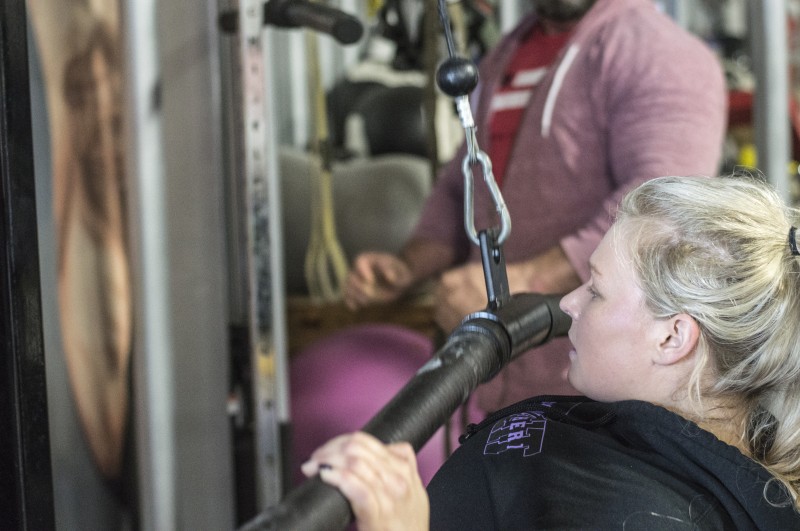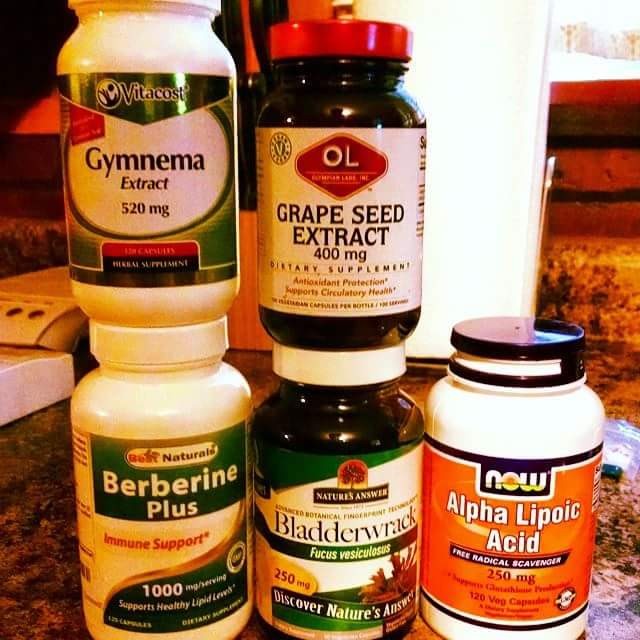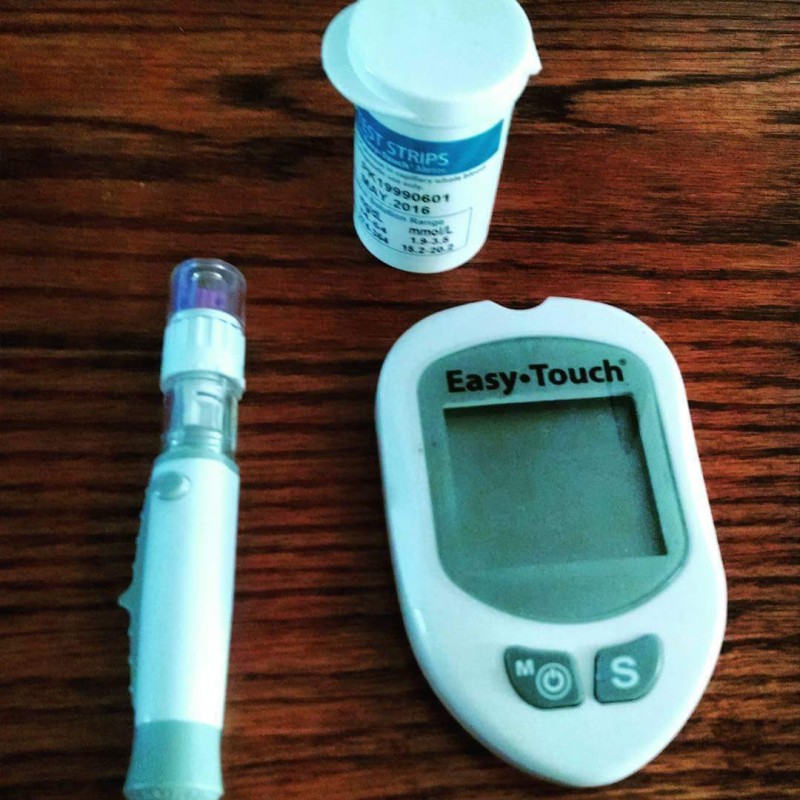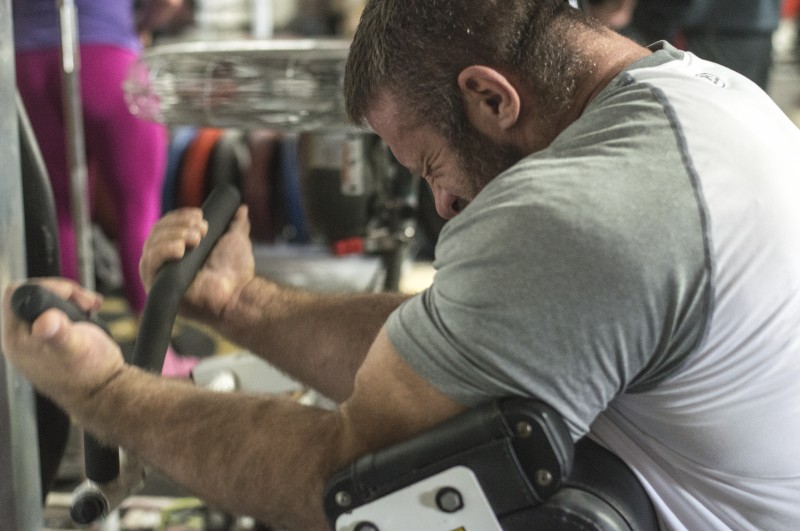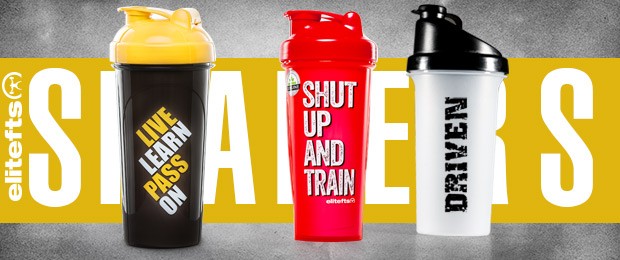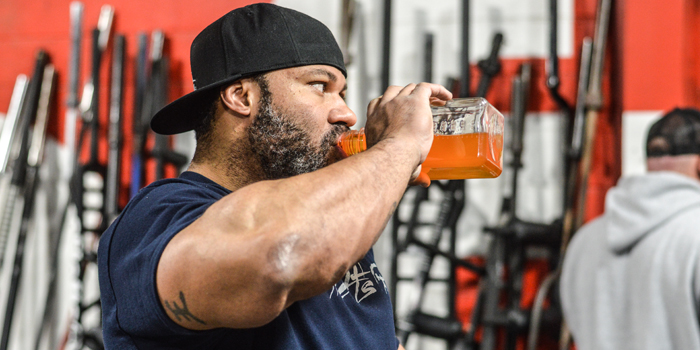
The topic of insulin sensitivity gets brought up constantly when talking about physique enhancement. Essentially, this is in reference to how efficiently our body is partitioning nutrients. If we are insulin sensitive, the balance between blood sugar and insulin from the pancreas will be in balance. Nutrients will tend to get to the places we want them to be: the muscle! There are three main types of insulin sensitivity: peripheral insulin sensitivity, hepatic insulin sensitivity, and pancreatic insulin sensitivity. For the sake of this article I will be talking about insulin sensitivity as a broad term.
Over time, if you are in a caloric surplus or are regularly consuming large amounts of carbohydrates, you can assume that sensitivity will be lowered. Some folks can go quite some time with very high intake before there are any negative returns, while others tend to drop off pretty quickly during times of increased intake.
Low Carbs and Insulin Sensitivity
At first glance you would think that lowering carbohydrate intake would reduce insulin resistance. That is definitely true, but only initially. Fewer carbohydrates coming in leads to a reduction in insulin, which means better insulin sensitivity. However, the length of time in which carbohydrate intake is low can have the opposite effect. The body has the ability to form certain adaptions the longer we are in a caloric deficit and the more severe the deficit is. In some (not all) cases, the body will actually develop what is called Physiological Insulin Resistance, which is basically the adaption to prolonged periods of low insulin levels. Instead of being quite insulin sensitive, we start to become slightly more insulin resistant again.
RELATED: How to Naturally Manipulate Insulin to Improve Body Composition and Performance
Now, this sounds like a negative adaption, but it’s not always as bad as it seems. Insulin is anti-catabolic so we are able to spare more muscle. Without this adaption, we would probably drop blood glucose levels too low and begin to experience extremely low levels in the body and brain. If fat loss is the goal and you are still in a relative caloric deficit then fat loss can still occur.
We want to maintain a balance, though, and not allow adaptions to occur too much or too harshly. This is where the refeeding period comes in. Even though we are actually becoming a bit more insulin resistant, we can benefit from a strategically placed refeed. Refeeding is mainly in reference to an overeating period. These are usually carbohydrate heavy, since carbohydrates provide more metabolic benefits in this case, such as a rise in the fat burning hormone leptin. For some folks, this is a whole day or more than one day. For others, it’s a window of time or a few meals. In any case, this can actually improve insulin sensitivity in the long run and help combat several of the other adaptions that occur such as down-regulated hormones, rise in cortisol, etc. Those that adapt harshly in these situations may want to consider a carb cycling approach or using keto in short stints.
For those low-to-no-carb dieters, remember that you have to adapt more quickly than your body adapts if you want to stay ahead.
Tools to Combat Insulin Resistance
GDA Supplements
Here are some of the more common glucose disposal/insulin mimetic over-the-counter supplements. Keep in mind that there are MANY and there are different mechanisms by which they are effective. See the references below for more information on these.
- Alpha Lipoic Acid (R Isomer)
- Chromium
- Vanadium
- Berberine
- Gymnema
- Banaba Leaf
- Ursolic Acid
- Green Tea
- Apple Cider Vinegar
- AND MANY MORE!
Have balanced minerals in your diet.
A diet low in essential minerals like chromium and magnesium may worsen sensitivity.
Get plenty of sleep!
Research shows that even one night of sleep deprivation causes an increase in insulin resistance.
Exercise regularly.
This seems rather obvious but don’t forget that both weight training and cardio increase insulin sensitivity/GLUT4 expression. Cardio is a great fat loss tool but even short bouts strategically placed during times insulin resistance is an issue can be helpful. Weight training really ups the ante here! This is one of a few reasons why some lifters will increase carbohydrate consumption on training days and reduce carbohydrate consumption on non-training days.
Time macronutrients wisely.
Typically, insulin sensitivity is best around activity. That is why timing carbohydrates around training has become a staple for many lifters. I touched on this vaguely in the exercise section. In order to maximize insulin sensitivity and nutrient utilization (especially carbohydrates), it is best to take in the majority of carbohydrates around the workout window. On non-training days, it is typically beneficial to rotate carbohydrate intake down quite a bit. This is an instance that backloading is useful. This method works by letting insulin sensitivity build all day long by consuming protein- and fat-based meals, and then finishing with carbohydrates in the final meal of that day. That is, if you need carbs at all. Many can simply omit starches on non-training days and rotate fats up a good deal.
Keep stress and inflammation down!
What many don’t realize is that there is more that impacts insulin sensitivity than simply eating too many carbohydrates. There is evidence that chronic stress and inflammation can also negatively impact insulin sensitivity. This is one reason that keeping your stress response positive is very important. Stress in general will contribute to insulin resistance. This even includes stress from common issues like lack of sleep. Keep in mind that some stress (from training) inflammation is helpful in the muscle growth process, but at the same time, it shouldn’t be a chronic issue. Food selection is a big factor in controlling inflammation and too much processed food, omega-6 etc., will increase this.
Don’t get fat.
In many cases, the fatter an individual becomes, the worse off they There is not a direct correlation between insulin resistance and body fat gain, but it tends to pan out that way. Don’t be afraid to do short cutting phases in the offseason to re-sensitize.
Monitoring Sensitivity
Monitor blood glucose levels.
Monitoring fasting blood glucose levels is a useful tool. Post-meal blood glucose patterns are also equally as important here.
There can be some variance of baseline between individuals, but it’s important to monitor the trend. When increasing calorie intake, watch levels over time. If they begin to rise repeatedly then chances are good that insulin sensitivity is lessening. It's important to realize that elevation of a few points isn't of large concern, but elevation over time coupled with other symptoms should be addressed.
Similarly, you can use this simple method to monitor levels after meals that contain carbohydrates. Blood glucose levels should be returning close to your morning fasting levels or just slightly above in two to three hours for most individuals. In a properly functioning pancreas, the correct amount of insulin will be released and utilized to maintain sugar balance.
Use photos.
Typically those that become insulin resistant will gain more fat in the midsection. Keep in mind that some folks naturally have more fat cells there, so naturally that is where fat accumulates. This is just ONE tool to use. I encourage still monitoring blood glucose levels, though, because some people can gain a good amount of fat and not really be insulin resistant.
MORE: Unraveling Insulin Resistance
Paying attention to fullness and dryness is also important. If you notice that you continue to respond worse and worse to eating large amount of carbohydrates (muscles not looking as full, watery) then sensitivity may be going down.
Pay attention to the pump!
A body that is partitioning nutrients well will typically get a great pump in the gym. If you notice diminished pumps compared to what is typical for you, you may want to start paying closer attention. Couple this with other symptoms and you may have insulin resistance.
Remember that gut microbiome matters.
Overall digestion and gut health can impact insulin sensitivity. Multiple studies show a link between poor gut microbiome and insulin resistance.
When you think about it, there really isn’t a time that insulin sensitivity shouldn’t be higher if you want to enhance your physique. It is vitally important for losing fat, building muscle, and ensuring your health!
References
- Crit Rev Food Sci Nutr. 2016 Nov 28:0. [Epub ahead of print]
- Insulin Sensitivity - Scientific Review on Usage, Dosage, Side Effects. (n.d.). Retrieved January 24, 2017, from https://examine.com/topics/Insulin Sensitivity/
- J Endocrinol. 2013 Apr 15;217(2):175-84. doi: 10.1530/JOE-12-0559. Print 2013 May.
- Sci Rep. 2016 Oct 14;6:35405. doi: 10.1038/srep35405.
- World J Diabetes. 2016 Apr 10;7(7):142-52. doi: 10.4239/wjd.v7.i7.142.
- World J Diabetes. 2016 Nov 15;7(19):515-522.
Austin Stout has a B.S. in Nutrition Science with a minor in psychology. He is a certified strength and conditioning coach, a certified fitness trainer and owns Integrated Muscle and Health where he coaches competitors on the amateur and pro level along with various athletes. He has a passion for bringing a dynamic, comprehensive approach to physique and performance enhancement. He is also an NPC competitor that has won regional level shows and overalls as well as placed at the national level.









